Your search 'lefranc oil size' did not match any products.
Showing results using some of your search terms 'lefranc oil size'
Search results for 'oil size'
-
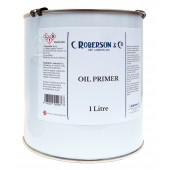
Roberson Oil Primers
Starting at: £23.30
-
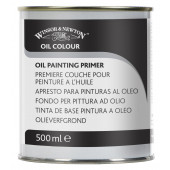
Winsor & Newton Oil Primer
Starting at: £41.55
-
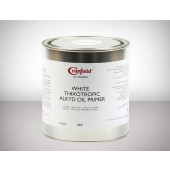
Cranfield (Spectrum) Thixotropic Alkyd Oil Primer
Starting at: £53.20
-
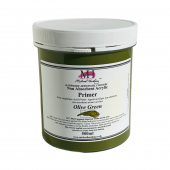
Michael Harding Non Absorbent Acrylic Primer - Colours
Starting at: £21.20
-
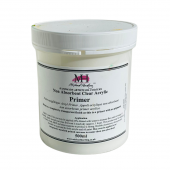
Michael Harding Non Absorbent Acrylic Primer - Clear Transparent
Starting at: £21.20



